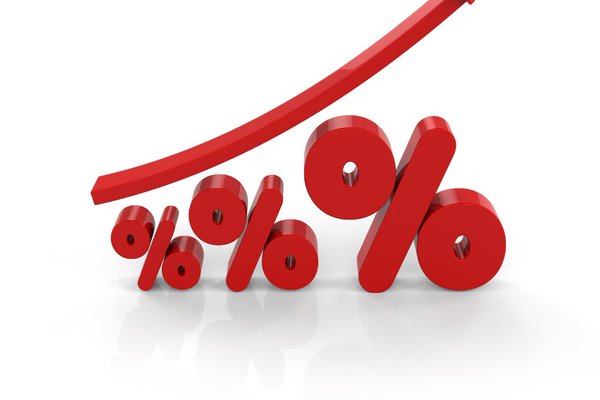What properties and regions are delivering the best rental yields? (2022 update)

Property prices have done well in most parts of the UK over the last couple of years, with some areas seeing double-digit percentage rises. That’s great news for landlords, especially since the media in 2020 was flooded with predictions that lockdowns and other restrictions would crash the property market.
But what impact has this rise in property values had on yields and what does that mean for landlord investors?
What is rental yield and why is it useful?
The gross rental yield is the annual rental income expressed as a percentage of a property’s value and it provides a rough guide as to how ‘good’ an investment a property is from a rental income perspective. Rental market analysts and many letting agents will regularly report average yields for different areas, which means landlords can compare their own property yields to get an idea of how well their rentals are performing.
For yields to remain the same, rents have to grow at the same rate as property prices. If they don’t, then the yield will fall. Of course, there are other factors to consider when it comes to whether a property stacks up well as an investment, including capital growth. For those landlords who are more concerned with capital growth over time, a slight dip in rental yield might not be too much of an issue, as long as the income is covering outgoings.
But if you’re one of the many landlords focused on rental returns, it’s important to keep a close eye on what’s happening to your own property yields and to know whether that’s a general trend, both locally and at a national level.

Average yields are strong across England and Wales
In short, it’s good news for yields. Our experience has been that tenant demand continued at a strong level across the UK despite the uncertainty of the last two years, which meant our landlords were generally able to increase rents to keep yields up. And that’s reflected in Paragon’s PRS trends report for Q4 2021, which reveals an average yield of 6% across England and Wales – that’s a three-year high and a healthy increase on the 5.3% average recorded two years earlier in Q1 2020.
Landlords with one property reported a 4.8% average yield, while at the other end of the spectrum, landlords with 20 or more properties are enjoying 7.4% yields on average, primarily because of the number of portfolio landlords with HMOs.
If we look at Paragon’s figures for average yield by property type, as at the end of 2021:
- HMOs 5%
- Bungalows & terraces 3%
- Semi-detached & detached 1%
- Flats 4%

Areas with lower average property prices continue to enjoy the best yields
It’s long been the case that the variation in property prices between different areas is greater than the variation in rents, mainly because rents tend to relate to monthly take-home pay.
This means that where average property values are at the lower end of the spectrum, although rents might also be lower than the national average, they’re still strong in relation to the price, and that means a higher rental yield.
Paragon’s data shows Wales as having the highest average yields, at 6.9%, with the North East of England just behind at 6.8%. In contrast, yields stand at 4.8% in central London and 5.2% in outer London. The other regions range between 5.9% and 6.4%.

Which areas have the greatest potential for rental growth?
Rental growth is usually strongest where local economies are thriving. Increased business activity in an area means there are more employment opportunities, which increases the overall demand for accommodation. And if wages are growing, that boosts tenant affordability, further supporting rental growth.
So to understand whether yields are rising or falling, talk to local letting agents such as ourselves, to find out what’s happening to tenant demand in the area and what plans there are for the housing market that could affect both the supply of properties and rental prices. You can also keep an eye on new developments and inward business investment via your local council.
In Colliers’ latest report on the ‘Top UK Residential Investment Cities’, Liverpool and Sheffield not only feature in the top five cities for overall property investment potential, but they’re also the two with the best income-to-rent ratios. That means affordability is good for tenants, so there should be plenty of room for landlords to increase rents over the coming years, as long as wages rise.

How to boost the yield of your rental property
To boost the yield of your current rental(s), think about what you can do to appeal to the best-paid tenants, who can afford to pay the highest market rents. They’re generally looking for fresh, modern décor, great WiFi and an energy efficient property that’s cost-effective to heat and maintain.
Now is a great time to invest. If you want to know more about which properties are getting the best yields or you’d like some advice on improving your own yield, just get in touch. Our experts will be happy to have a chat and help you maximise your investment returns.
Looking for advice?
If you're looking to let or sell your property, we can help. Get in touch with your local branch or book in for a property valuation.

Contact Us
Got a question, general enquiry or something else?
You may also like
Since we started in 1987 we have grown to one of the UK’s largest property groups, we can save you time and money by offering a range of services and expertise under one roof.



